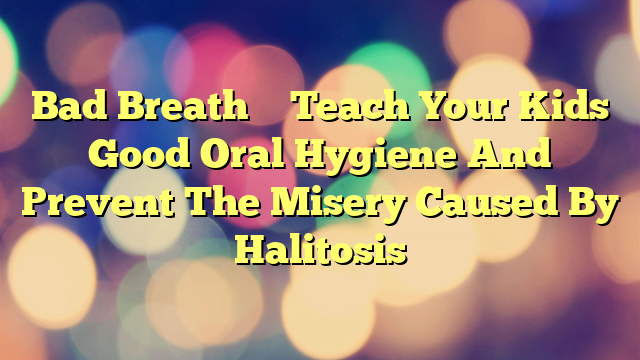Taking Kitty to the Dentist
Taking Kitty to the Dentist
It is important for you to go to the dentist at least annually for checkups. This is, however, also important to your cat! Many people never think about it, but good dental health can keep your cat happy and disease-free. Whenever your cat goes to the vet, make sure that dental health is checked and discussed, and if your cat is acting strangely at all, especially with eating habits, make sure that dental health problems are not a concern.
Kittens, like baby humans, have fewer teeth than adult cats. Each kitten has 26 temporary teeth, which begin to appear at about three weeks of age. An adult cat will have 30 permanent teeth-16 on the top and 14 on the bottom. A cat usually begins getting his or her permanent teeth when he or she is three of four months old. Some of these teeth have two roots while others have three.
The most common dental diseases found in cats are resporption lesions and gum disease (gingivitis). Resorption lesions are also known as cervical line lesions or neck lesions and often result in tooth loss. These lesions are difficult to detect, as they often grow below the gum line. Gum disease is found in over 70% of cats by the age of three. You can tell if your cat has gum disease by looking for yellow and brown tarter build up along the gum line and over the tooth, red inflamed gums, and chronic bad breath.
Oral disease is often an indication of other more serious health problems. For example, it is common for a cat with feline leukemia virus (FeLV) to have oral health problems. Dental conditions are also commonly found with feline immunodeficiency virus and feline calicivirus. Therefore, if your pet is have dental problems, you need to see a vet right away about these conditions to make sure they are symptoms of a much more serious disease.
Cats can also accidentally break teeth. This can be a result of a fall, a fight with another cat or other animal, or biting into something too hard to chew. Usually, the upper canine tooth will be the tooth fractured. This is the tooth in your cat’s mouth that looks like a large fang. If this is fractured, your cat may or may not be in pain. The first symptom of this kind of a fracture is continuous sneezing.
Overall, oral health is important in all mammals. Cats are susceptible to a number of dental disease and problems, just like humans. By taking your cat to the vet often and asking about oral health, you can make sure that you are providing the best health care foods and tools for your feline friend.


